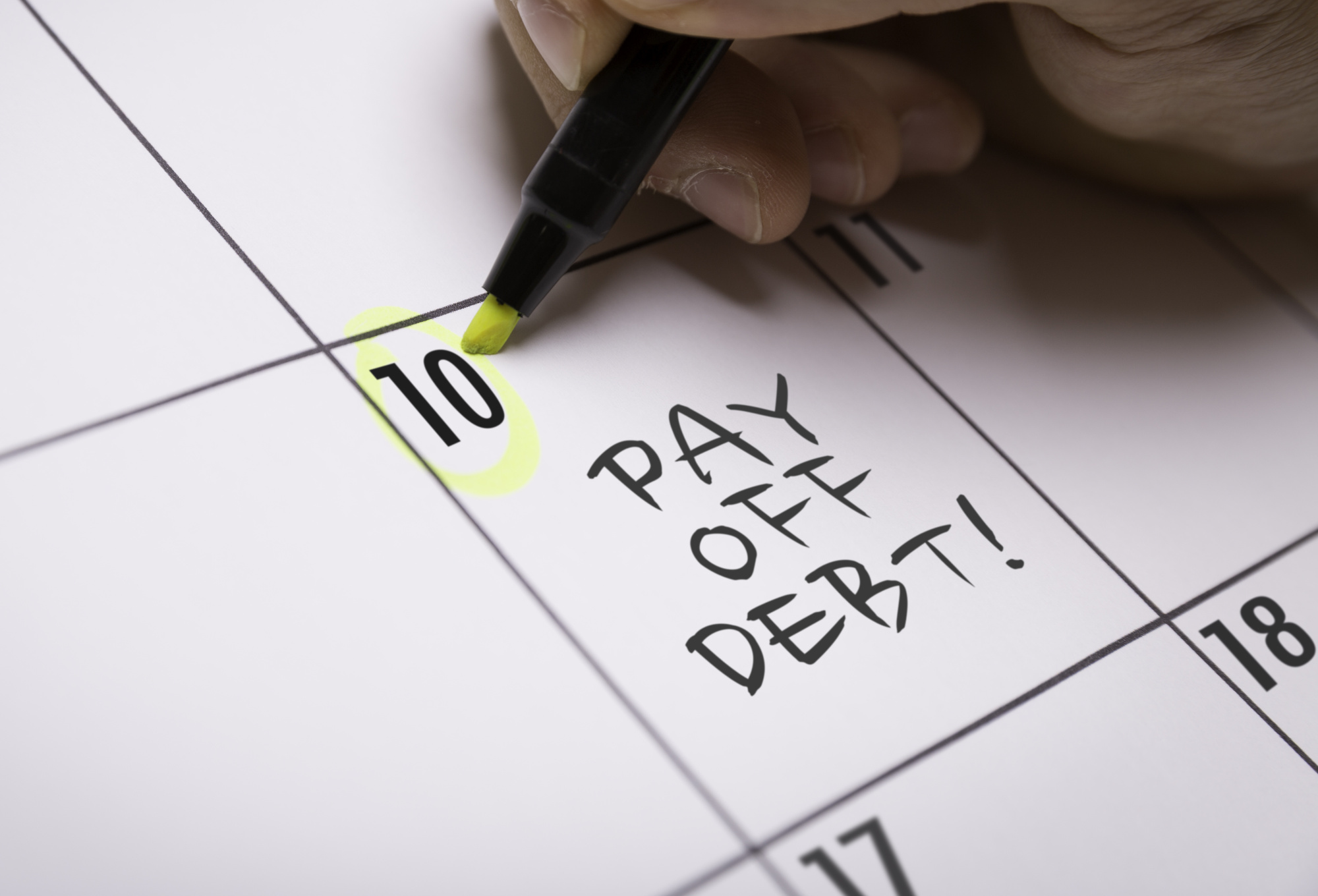If you’re facing challenges with personal debts, it’s crucial to consider all available options for relief, especially when the average credit card debt in the United States stands at $6,194 per household.
Interest rates can be much higher than for consumer loans or business loans. If you don’t take steps to pay off your high-interest debts, the interest alone may be more than you can handle. As a result, it could become even more difficult to find a solution you can handle.
Not sure how to move forward? Here’s a brief guide to avoiding the pitfalls of high-interest personal debt.
Utilize Low-Interest Options
The best way to avoid the financial pitfalls of high-interest personal debt is to utilize low-interest options. Transferring your balance to another financial institution that offers lower interest rates, such as a line of credit or personal loan. A personal loan from a financial institution typically comes at a much lower interest rate than most credit cards.
Don’t Take On More Personal Debt
One of the most important is knowing your limits and not taking on more debt than you can afford to pay off. This means understanding the full amount of the loan and the monthly payments that accompany it. Before taking on a loan, it is important to realistically evaluate whether the loan is essential.
Analyze Your Debt Situation
List all debts and their respective interest rates, from lowest to highest. This can help you prioritize debts and budget to pay them off. If you find the task overwhelming or need professional advice on managing your debts effectively, consider contacting the best debt relief company. They can offer expert guidance on debt management and consolidation options. Assess your financial situation to determine if more income needs to be generated to help pay down your debts.
The best way to avoid the financial pitfalls of high-interest personal loans is to research your options and determine the best route for your financial situation. Read blog articles about personal loans and gather your options.
Repay Personal Debt On Time
The best way to pay off debt is to pay it back on time, every time. Pay off the smallest first; this helps build confidence as you pay off one debt at a time. Consolidate, if possible, to reduce payments and have only one amount due each month.
In getting a loan, review your loan contracts often to understand user fees or other penalties associated with late payments. Following these steps will help you avoid the financial pitfalls of high-interest personal debt and ensure you are repaying your debt on time.
Save Up
Start by creating a budget and stick to it. Cut costs where you can and focus on paying down your highest interest. When you save up, you can use the money to pay off part or all of the debt. Setting up an automatic transfer to a savings account will help you build a financial cushion while you pay down debt.
Strategize Payment Plans
When dealing with high-interest personal debt, having a solid plan to pay it off is essential. Establishing a priority list for payment amounts and timelines can help you organize your debt repayment strategy and avoid potential financial pitfalls. Enlist the help of a financial advisor for assistance in creating and executing an effective debt repayment plan.
Bookmark our site now and come back for more insights and valuable information!




